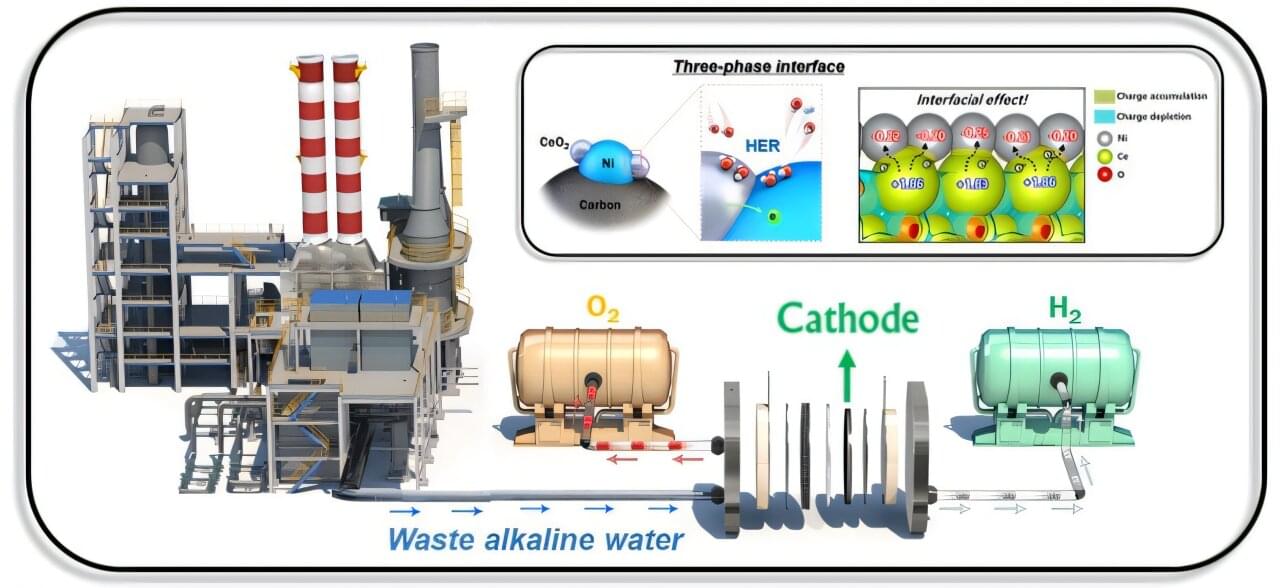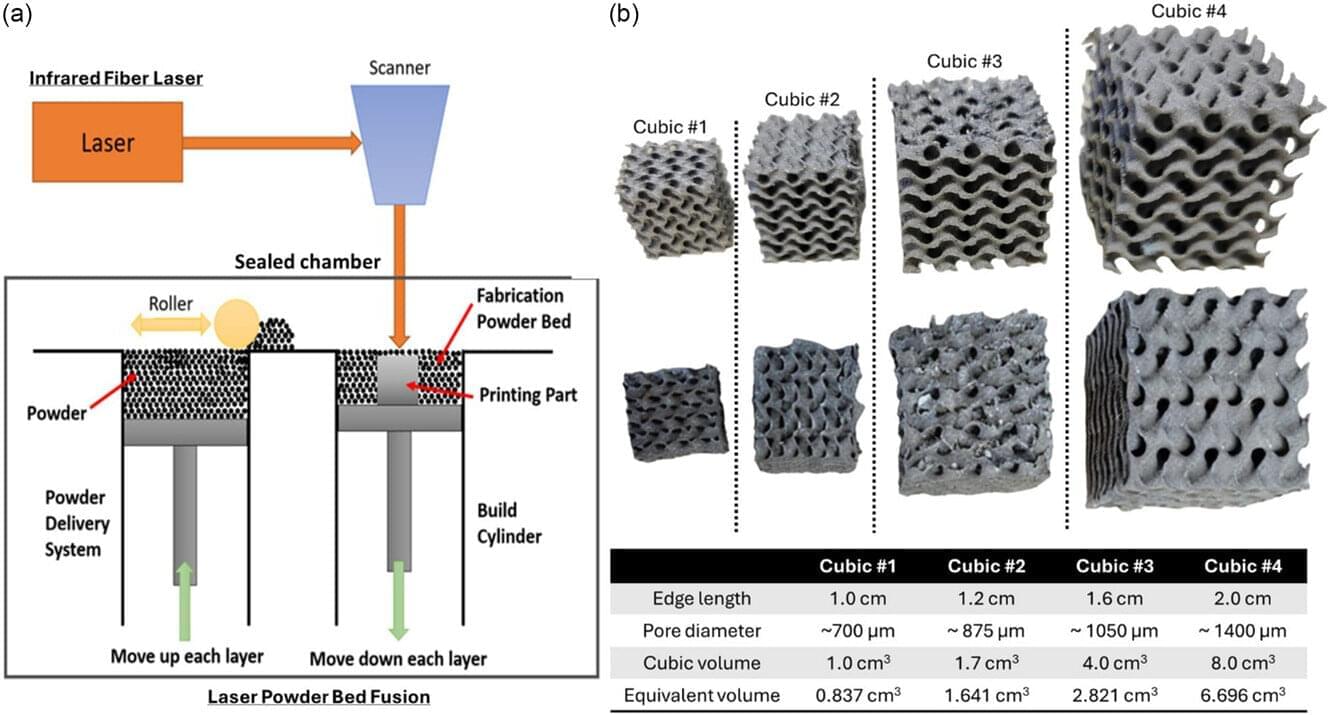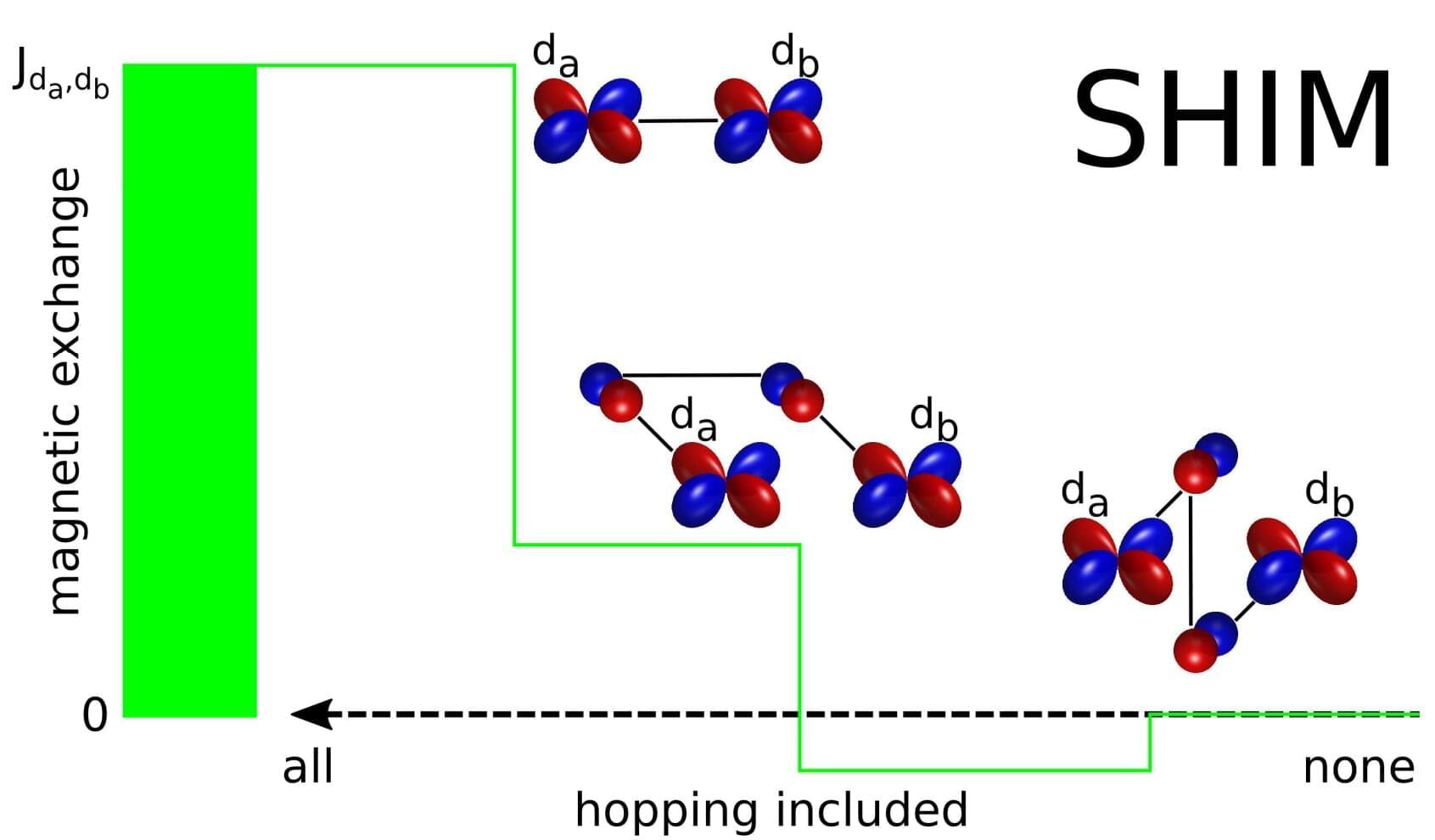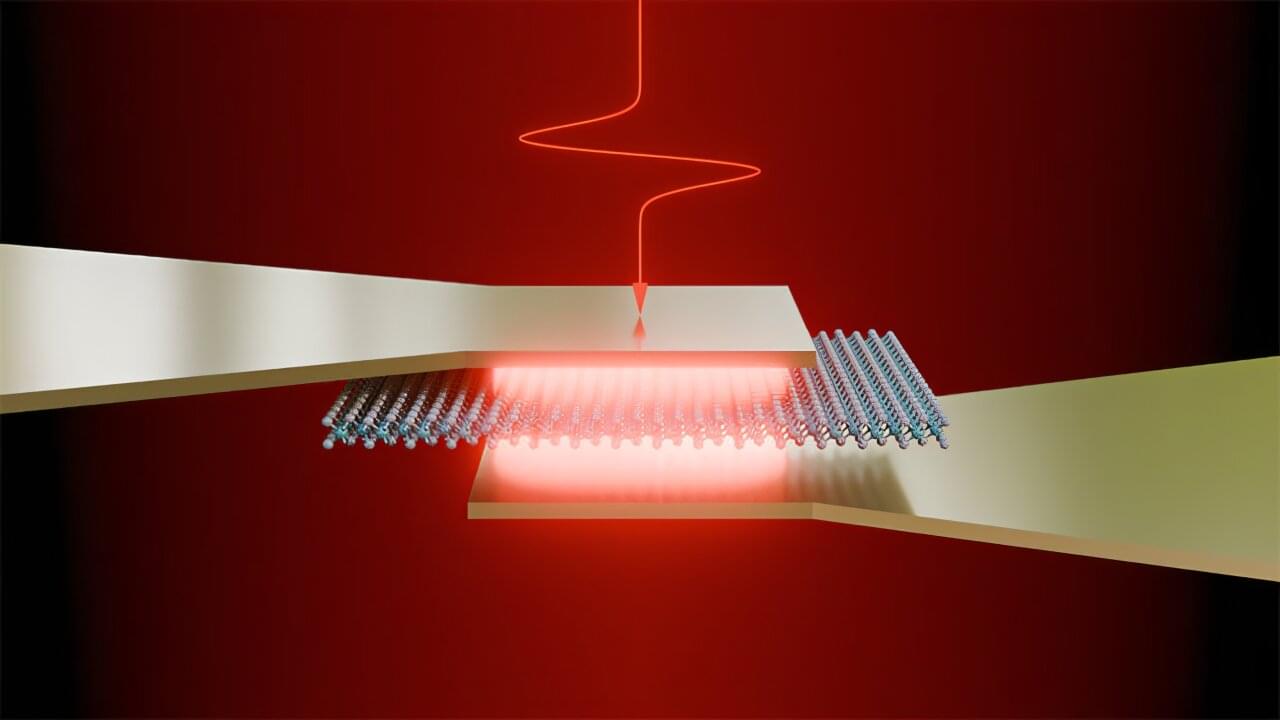For the first time, international researchers have pinpointed the moment when planets began to form around a star beyond the sun. Using the ALMA telescope, in which the European Southern Observatory (ESO) is a partner, and the James Webb Space Telescope, they have observed the creation of the first specks of planet-forming material—hot minerals just beginning to solidify. This finding marks the first time a planetary system has been identified at such an early stage in its formation and opens a window to the past of our own solar system.
“For the first time, we have identified the earliest moment when planet formation is initiated around a star other than our sun,” says Melissa McClure, a professor at Leiden University in the Netherlands and lead author of the new study, published in Nature.
Co-author Merel van ‘t Hoff, a professor at Purdue University, U.S., compares their findings to “a picture of the baby solar system,” saying, “We’re seeing a system that looks like what our solar system looked like when it was just beginning to form.”








